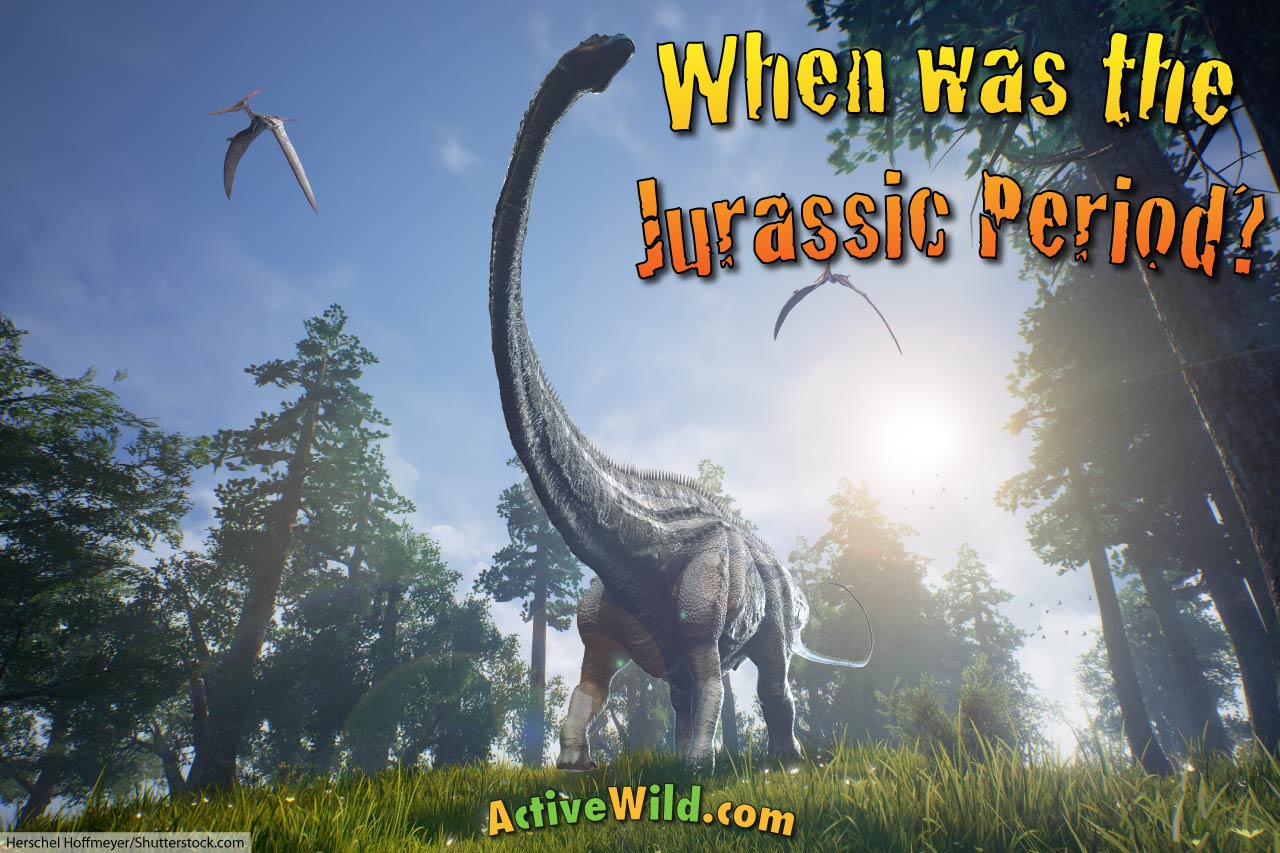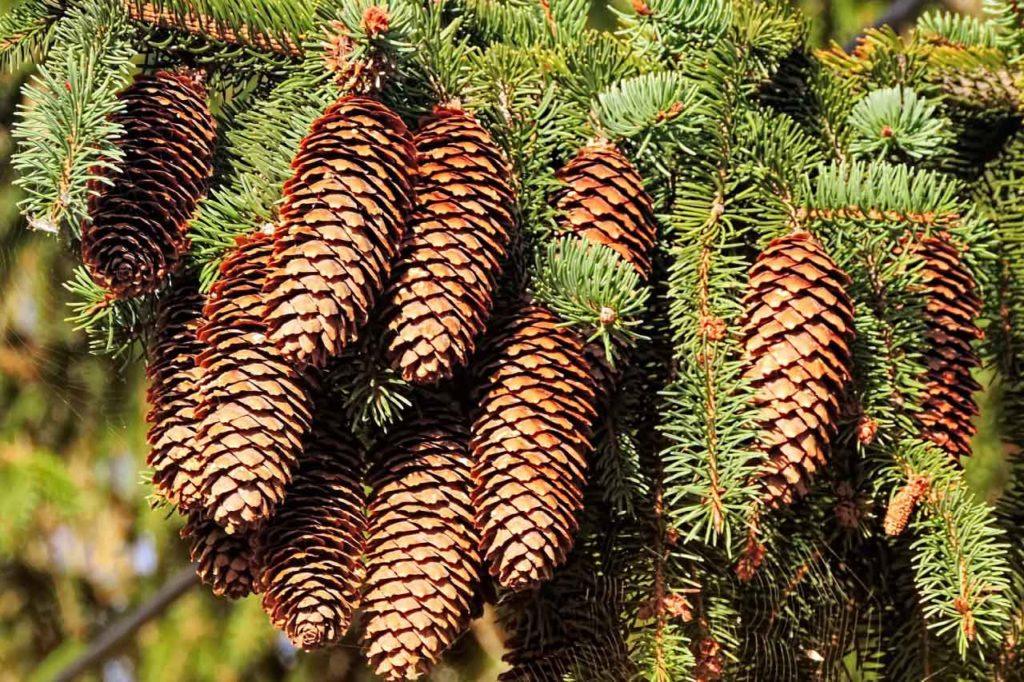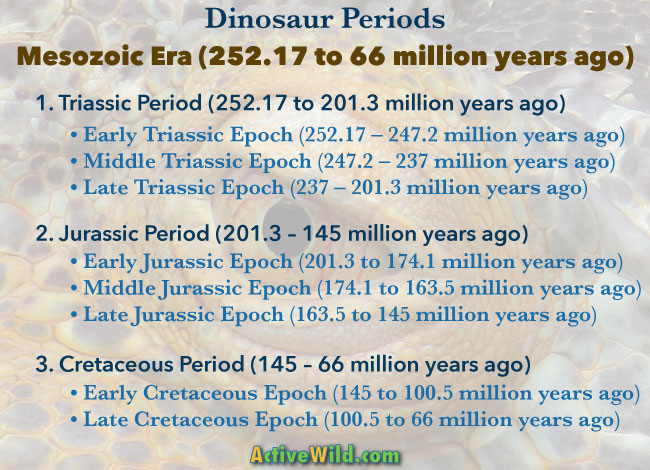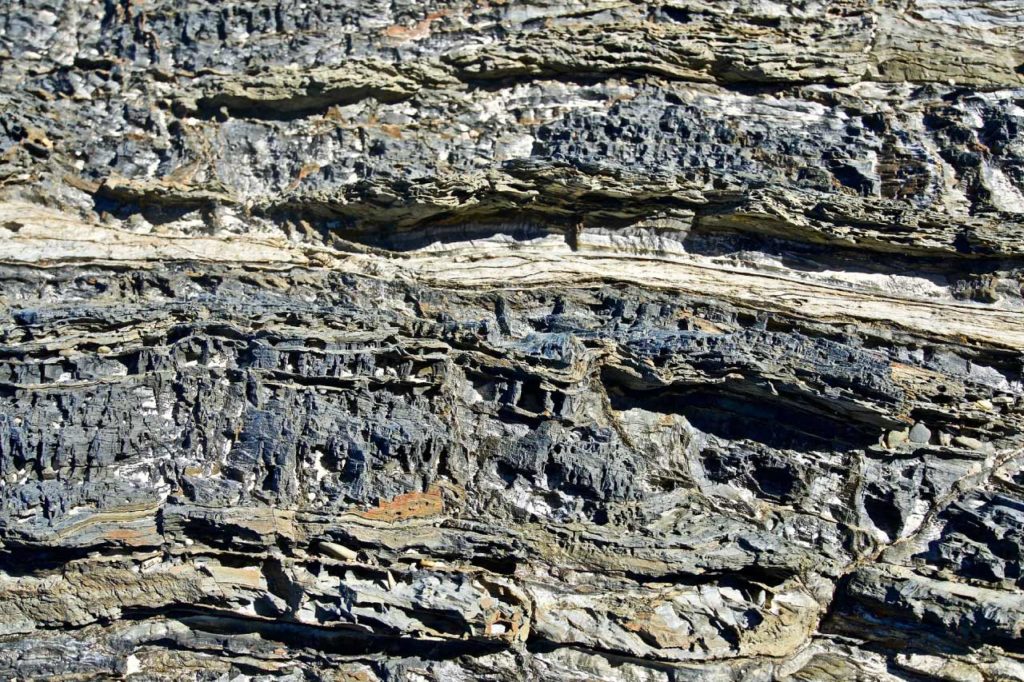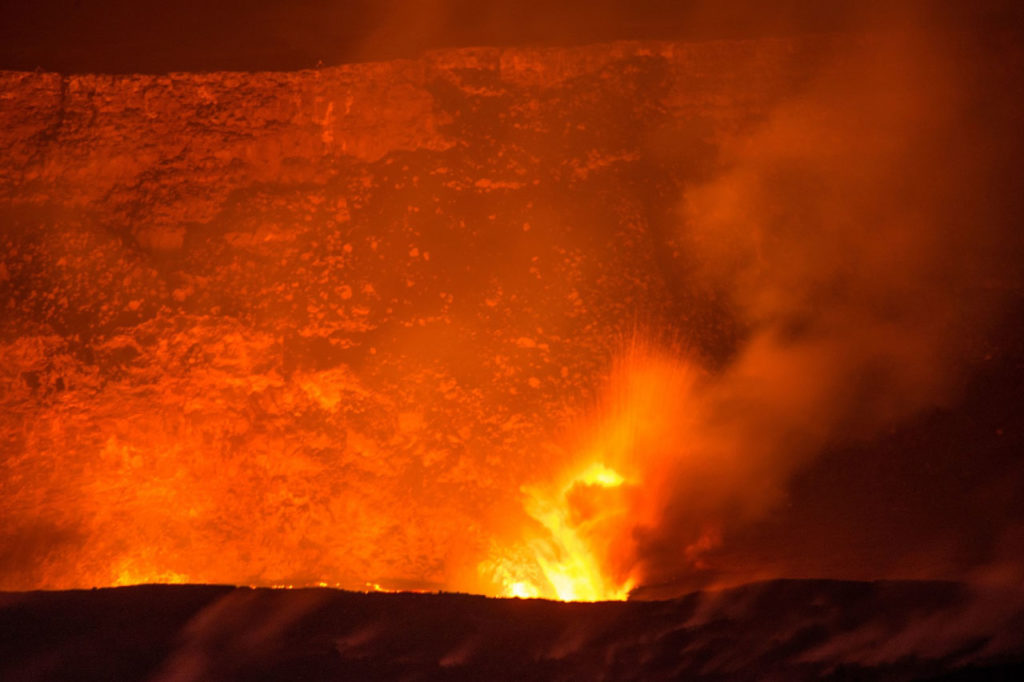When was the Jurassic Period? How long ago was the Jurassic Period? How long did the Jurassic Period last? On this page you’ll find the answers to all these questions and more…
Page Index
- Introduction
- When Was The Jurassic Period?
- Jurassic Period Epochs
- How Long Did The Jurassic Period Last?
- What Came Before the Jurassic Period?
- What Came After the Jurassic Period?
- Which Era is the Jurassic Period Part Of?
- Let’s Dig Deeper: The Geologic Time Scale
- Fossils in Jurassic Rock
- Global Extinction Events Before & During the Jurassic Period
- More Awesome Dinosaur Information
Discover More!
- You can find out more about the Jurassic Period at our main Jurassic Period Facts Page.
- Discover more about life in the Jurassic Period: Jurassic Dinosaurs, Jurassic Animals.
- Want to know more? Check out these awesome dinosaur books.
Introduction
There were no flowering plants in the Jurassic Period. Conifers (a modern variety of which is shown above) were the commonest trees of the period.
It was during the Jurassic period that dinosaurs became the dominant large land animals. These fearsome reptiles rose to power after a cataclysmic world extinction event, known as the Triassic-Jurassic extinction event.
The Triassic-Jurassic extinction event caused the dinosaurs' main competitors, the crocodile-like Pseudosuchians, to perish.
Let’s find out more about the Jurassic Period…
When Was The Jurassic Period?
The Jurassic Period began 201.3 million years ago (Mya) and ended 145 Mya. It was the second of the three periods of the Mesozoic Era.
When Were The Epochs of the Jurassic Period?
Just as hours divide into minutes, eras divide into periods. Unlike minutes and hours, however, geologic time periods (such as periods and eras) aren’t always the same length. This is because they correspond to layers of rocks in the Earth’s crust rather than set amounts of time.
The epochs of the Jurassic Period are shown below:
- Early Jurassic: 201.3 – 174.1 Mya
- Middle Jurassic: 174.1 – 163.5 Mya
- Late Jurassic: 163.5 – 145 Mya
How Long Did The Jurassic Period Last?
The Jurassic Period lasted 56 million years.
What Came Before the Jurassic Period?
The period that came before the Jurassic Period was the Triassic Period (the first period of the Mesozoic Era).
What Came After the Jurassic Period?
The Cretaceous Period – the third and final period of the Mesozoic Era – followed the Jurassic Period.
Which Era is the Jurassic Period Part Of?
As we’ve found, the Jurassic Period is the second of three periods that make up the Mesozoic Era.
The first period of the Mesozoic Era was the Triassic Period. It began 251.9 million years ago (Mya) and ended 201.3 Mya.
The final period was the Cretaceous Period, which spanned from 145 Mya to 66 Mya.
Let’s Dig Deeper: The Geologic Time Scale
The Jurassic Period is a period of time in the Geologic Time Scale. Like all periods in the Geologic time scale, it corresponds to the time in Earth’s history during which a certain layer of rock was being formed.
In the case of the Jurassic Period, that layer of rock is a layer of limestone in the Jura Mountains. The Jura Mountains are located on the France-Switzerland border. It is from this mountain range that the Jurassic Period gets its name.
There are three distinct bands in the main limestone layer. They correspond to the epochs of the Jurassic Period (the Early, Middle and Late Jurassic Epochs).
The limestone layer was first observed by the Prussian scientist Alexander von Humboldt in the late 18th century. He realized that the rocks corresponded to an unnamed chapter in Earth’s development.
Fossils in Jurassic Rock
The fossils found in the Jurassic rock layer represent animals that were alive during the Jurassic Period. By studying the fossils present in Jurassic rocks, paleontologists can build up a picture of life in the Jurassic Period.
Global Extinction Events Before the Jurassic Period
The entire Mesozoic Era began after the worst extinction event the world has ever experienced. During this time around 90% of all species on Earth became extinct.
During the course of the Triassic Period life once again began to flourish. Reptiles in particular benefitted from the new conditions. Because of this the Mesozoic Era is now known as the ‘Age of Reptiles’.
Between the Triassic Period and the Jurassic Period there was another extinction event.
Although not as severe as the previous extinction event, the Triassic–Jurassic extinction event saw between 70 and 75% of all species become extinct.
At the end of the Triassic Period the dominant land animals were a group of reptiles called Pseudosuchians. The Triassic–Jurassic extinction event saw most pseudosuchians become extinct.
This allowed another group of reptiles to take their place: the dinosaurs!
Thanks to the intense interest in dinosaurs, the Jurassic Period is one of the best-known of all periods of Earth’s history!
Dinosaur Information on Active Wild
You’ll find more amazing prehistoric information in the following pages:
- Triassic Period: The Ultimate Guide
- Jurassic Period: The Ultimate Guide
- Cretaceous Period: The Ultimate Guide
- Dinosaur Books
- Dinosaur DVDs
- Dinosaur Toys & Gifts
- Dinosaur Facts: Main Page
- List of Dinosaurs with Pictures and Information
- Dinosaur Periods of the Mesozoic Era
- Types of Dinosaurs
- Why did Dinosaurs Become Extinct?
- When were Dinosaurs Alive?
- How Long Were Dinosaurs On Earth?
- Animals That Lived With Dinosaurs
- List Of Prehistoric Animals That Are Not Dinosaurs
- When Did Dinosaurs Go Extinct?
- How Big Was the Asteroid That Killed the Dinosaurs?
- What is the Smallest Dinosaur?
- Are Dinosaurs Reptiles?
- Were Dinosaurs Real?
- When Were Dinosaurs Discovered?
- How Long Ago Did Dinosaurs Live?

